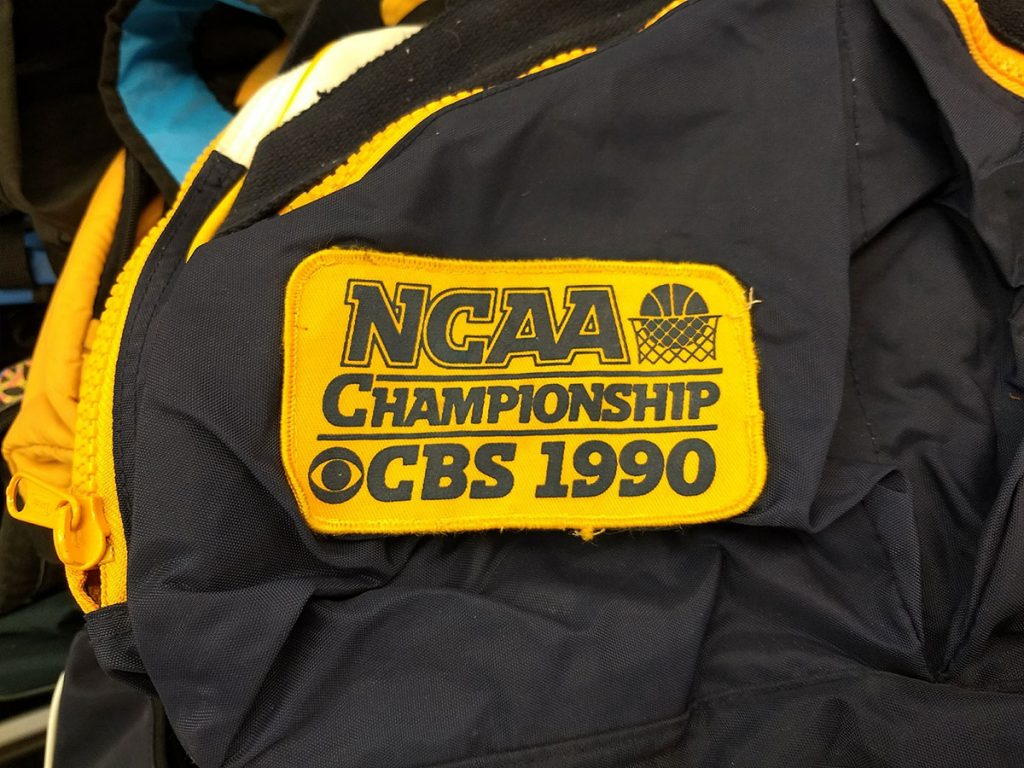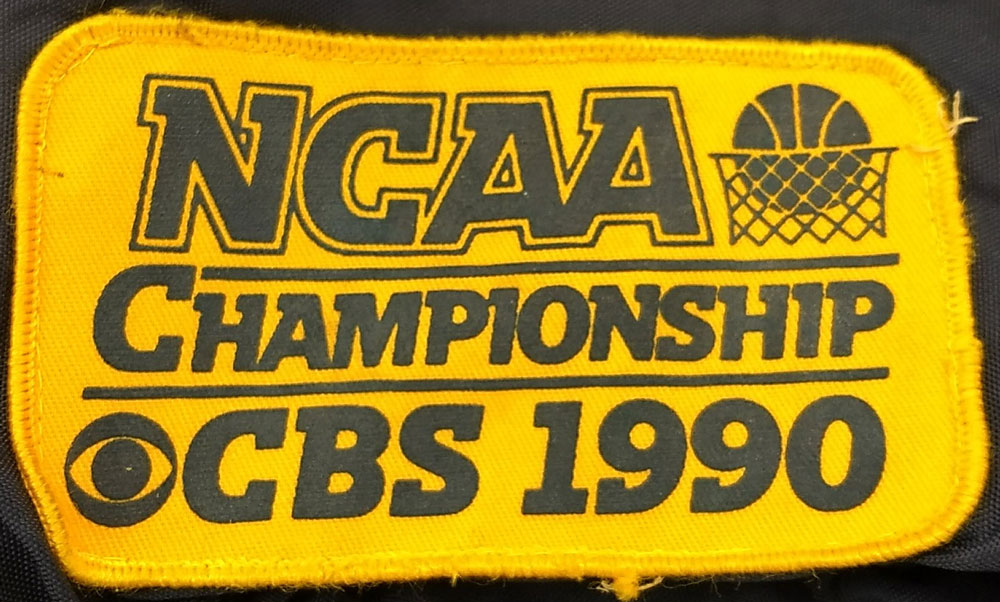In general, advertising is a largely a temporary investment. Most typical advertising mediums have a fixed life to them: a billboard is displayed for a month, then is replaced by another. A television or radio spot runs through its media buy, then is never seen nor heard again. An online ad receives its allotted impressions or clicks, then is retired.
Then you have this:

NCAA Patch from 1990
I stumbled upon this at a local rescue mission recently. It’s an otherwise ordinary gym bag, proudly wearing a patch from the 1990 NCAA basketball tournament (brought to you by CBS). A bit weathered and frayed, but overall holding up well for its age. But why is this thing still here? Why hasn’t it been thrown out? What qualities does this bag have that allowed it to survive 28 years, even if passed on to other users or donated to a rescue mission? The answer is likely one of three different reasons:
- Someone found it useful. “I need something to carry my stuff.” It supplied a solution to a need, and therefore it was kept.
- Someone found it valuable. That value may not be significant, but (at least) one owner of this bag thought, “I don’t really need this, but it’d be a shame to throw it away. Maybe Sam could use it?”
- Someone had a love for the brand it represented. We have a sense of pride in carrying something that displays a brand we want to be associated with, or represents something we value.
All three of these reasons are why we love and believe in branded merchandise as an advertising vehicle. You can touch it, smell it, wear it, wash it, beat it up. Use it. No other advertising medium can engage all of our senses. It allows us to experience a brand in a way no other advertising vehicle can. And the messages they carry endure. Sometimes for decades.

